Recessed lighting is a versatile and efficient lighting solution that enhances the ambiance of any living space. However, achieving the optimal setup requires careful planning and understanding of the key principles involved. This guide will dive into the process of designing a recessed lighting layout, from placement strategies to formula application, ensuring your lighting project is a resounding success.
Understanding Recessed Lighting
Recessed lighting, also known as downlights or can lights, are light fixtures installed within the ceiling, creating a sleek and modern look. Because of their design, they provide a clean and organized appearance, making rooms look larger and more open. They are ideal for general, task, and accent lighting, offering a high degree of control over the room's illumination.
The Purpose of Recessed Lighting
Determining the purpose of your recessed lighting is the first step in planning your layout. Are you aiming to spotlight an artwork, create a warm and inviting atmosphere, or simply brighten up your workspace? Each of these goals requires unique calculations, lighting kits, and potentially different installation processes.
The Recessed Lighting Layers
When designing the recessed lighting for a room, it's essential to approach it in three layers:
- General Lighting: This layer provides overall light for the room, offering control over the ambient light, day or night.
- Task Lighting: This layer is additional overhead lighting to benefit areas where tasks are performed, such as the kitchen sink or a reading chair.
- Accent Lighting: Recessed lights offer a discreet design, making them perfect for accent lighting. This layer focuses on highlighting room features like artwork or architectural elements.
Sketching Your Plan
It's advisable to start with a sketch of your room. Use graph paper for accuracy and decide on an easy-to-follow scale. Sketch the room's dimensions and everything within it. After replicating your room on paper, make photocopies of the draft. This allows you to experiment with different lighting patterns without remeasuring your room each time.
Spacing Your Lights
Proper placement of your recessed lights is crucial to avoid shadowy corners and create an inviting atmosphere. The basic rule of thumb is to space your lights around 2 feet from the wall for each 8-foot ceiling height. This spacing should be adjusted according to other factors such as the brightness of the decor, the type and wattage of light bulbs, and the purpose of the recessed lights.
Determining The Best Layout
The best layout for your recessed lighting depends on the room and the desired lighting effect. Here are some common layouts:
- General Living Space Layout: In this layout, the lights are placed in an even grid across the ceiling, providing uniform illumination.
- Task Lighting Layout: In this setup, the lights are placed over specific work areas. They are usually controlled separately from the general lighting.
- Accent Lighting Layout: This layout focuses on highlighting room features. These lights are also controlled separately from the other lights.
Spacing Formula Explained
The basic formula for placing your lights is that the distance between your light fixtures should be equal to the distance from the wall to your first light fixture. This formula ensures an even distribution of light throughout the room.
Determining The Number of Lights
Calculating the number of recessed lights needed in a room can be challenging. Factors to consider include the room's size, the type of lighting desired, and the layout of the recessed lights.
Lighting for Vaulted or Sloped Ceilings
The layout rules for a sloped ceiling are the same as for a flat one. However, for sloped ceilings, it's recommended to use either sloped-ceiling fixtures or adjustable trims to compensate for the slope's angle and allow the light to point straight down, reducing glare.
Avoiding TV Glare
When planning your layout, avoid placing a light directly above a TV as it may cause glare. If this happens, consider separating the layout into two control zones. This allows you to control one or more of the lights independently from the rest, giving you ultimate flexibility in your design.
Space Criterion
Space criterion is a number that tells you the maximum distance you should put between light fixtures to prevent unwanted shadows or ineffective accents.



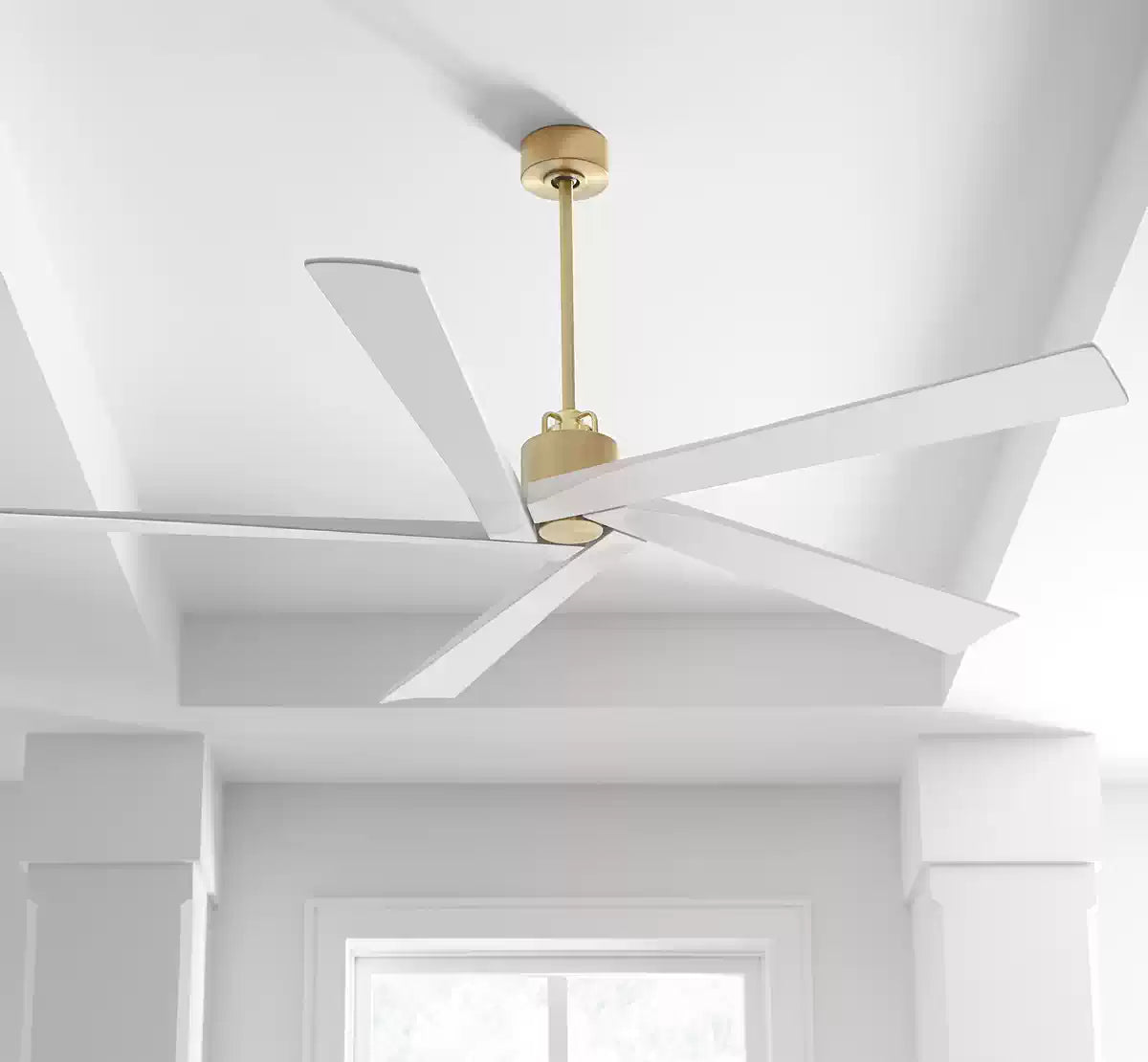
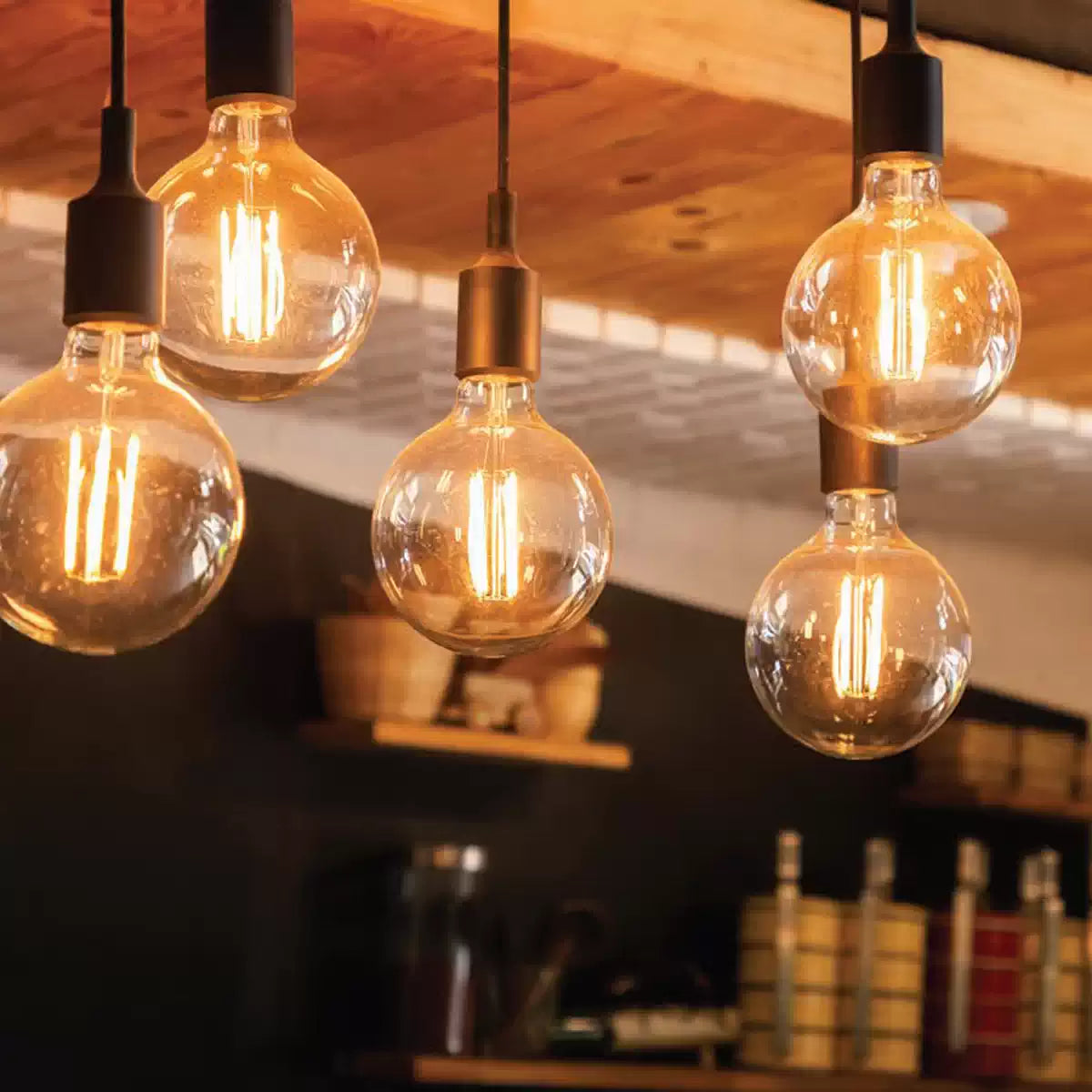
























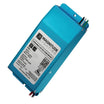










































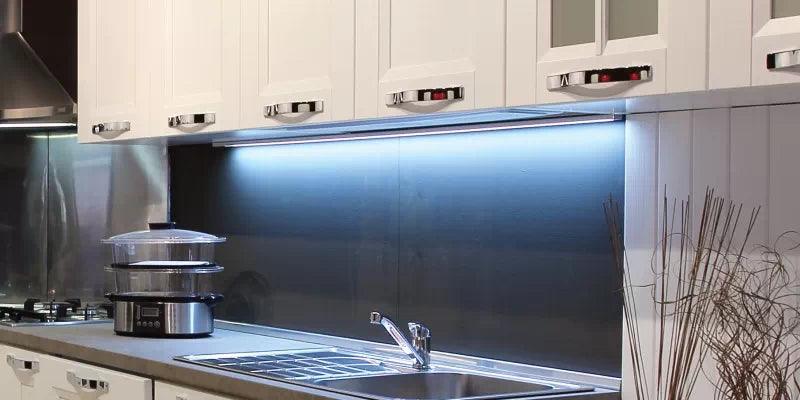
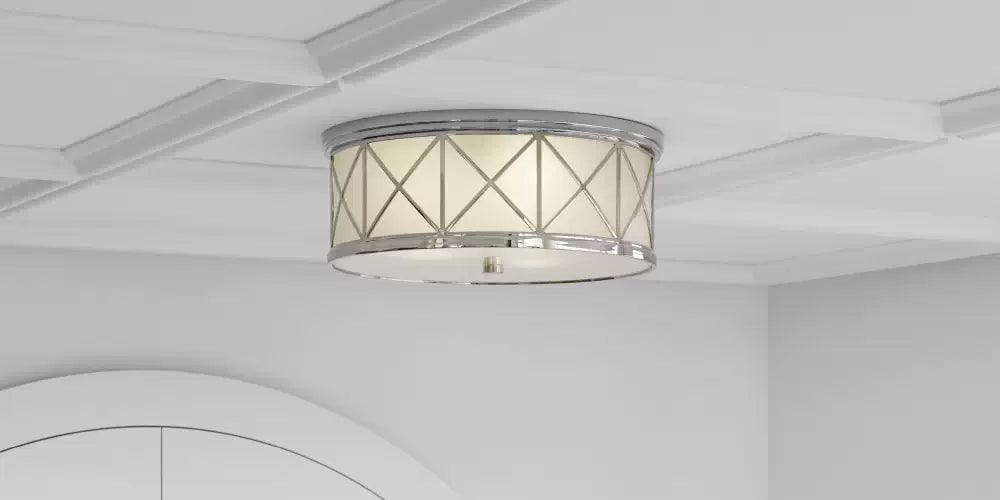
Leave a comment
All comments are moderated before being published.
This site is protected by hCaptcha and the hCaptcha Privacy Policy and Terms of Service apply.